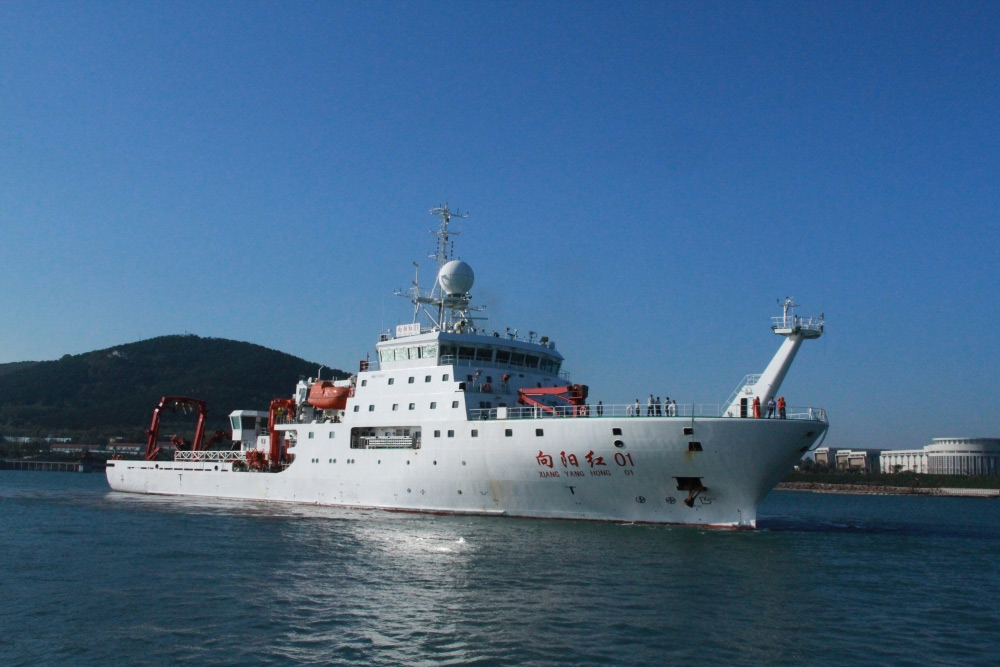Chinese scientists Return to Qingdao after Completing the 10th Arctic Expedition
On September 27, 2019, Chinese scientists returned to Qingdao after they overcame bad weather to complete heavy expedition tasks in a limited time. Departing on August 10, 2019, the oceanographic research vessel, Xiangyanghong 01, spent 49 days at sea and sailed more than 10,300 nautical miles, reaching 76.02 degrees north latitude. The 10th Arctic expedition was approved by the Ministry of Natural Resources, organized by Chinese Arctic and Antarctic Administration and led by the First Institute of Oceanography of the Ministry of Natural Resources (FIO, MNR). It represents the first time that Xiangyanghong 01 conducts research in Arctic waters. Revolving around the national demand and frontier scientific issues such as exploring the role of Arctic waters in global climate change, this expedition focuses on comprehensive marine survey combining long-term in-situ observation with scientific research projects. It lays a foundation and provides a guarantee for nine operational marine environmental monitoring and 22 national science and technology support programs. During this expedition, Chinese scientists carried out comprehensive marine survey focusing on operational marine environment monitoring, which features multiple disciplines including physical oceanography and marine meteorology, marine chemistry and atmospheric chemistry, marine organisms and ecosystems and geology and geophysics. They completed 58 times of comprehensive seawater observation, 29 times of marine sediment sampling, 21 times of benthic trawling, 18 times of vertical plankton trawling, 11 times of horizontal organism trawling, 10 times of microplastics trawling, 16 times of sea fog observation with radiosondes, recovered and redeployed two sets of anchorage submerged buoys, and deployed one set of sea-ice buoy and three underwater gliders. They acquired 152G basic data and various samples totaling more than 6,640. This expedition facilitated the improvement of the operational monitoring system in Arctic waters. Chinese scientists successfully used the underwater glider “Haiyan” to realize the integrated observation of seawater and biochemical factors in Arctic waters, which helped enhance China's abilities of observing and monitoring the Arctic environment. They carried out surveys in the eastern Bering Sea and the northern Pacific Ocean, indicating that China expanded the exploration of the Arctic and beyond. By combing sample trawling and geophysical data observation together, they conducted research on the formation mechanism of polymetallic nodules, providing basic data to us to reveal the evolution of the Chukotka Borderland and evaluate the formation mechanism of polymetallic nodules in the polar regions. They surveyed the ocean acidification in the Arctic Ocean, microplastics and artificial radioactive nuclides. These practices provided scientific support for comprehensively evaluating the evolution of the ocean acidification in the Arctic Ocean, amount of artificial radioactive nuclides and content of microplastics and understanding the potential damage of microplastics to the ecosystem of Arctic waters. In addition, they surveyed the living species in major Arctic waters, biocoenosis structure and ecological environment, laying a foundation for us to evaluate the response of biocoenosis to rapid changes of the environment in the Arctic and the response process as well as the response and feedback of the ecosystem to global climate change there.   |


